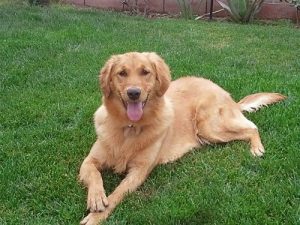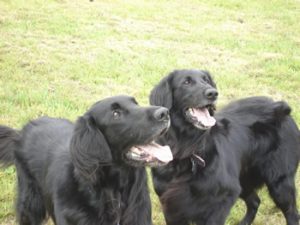Foxhound, English
Adopt a Foxhound - Find Your Loyal Companion Today

-
Breed Group : HOUND
-
Origin : GREAT BRITAIN
-
Average Height : 21" - 25"
-
Average Weight : 55 - 70 lbs.
-
Life Span : 10 - 13 years
-
Size
1 2 3 4 5 6 7 8 9 10 -
Energy
1 2 3 4 5 6 7 8 9 10 -
Intelligence
1 2 3 4 5 6 7 8 9 10 -
Ease of Training
1 2 3 4 5 6 7 8 9 10 -
Hypo-Allergenic
1 2 3 4 5 6 7 8 9 10 -
Shedding
1 2 3 4 5 6 7 8 9 10 -
Good with Kids
1 2 3 4 5 6 7 8 9 10 -
Good with Other Pets
1 2 3 4 5 6 7 8 9 10 -
Guard Dog
1 2 3 4 5 6 7 8 9 10








